Shah Abbasi Design
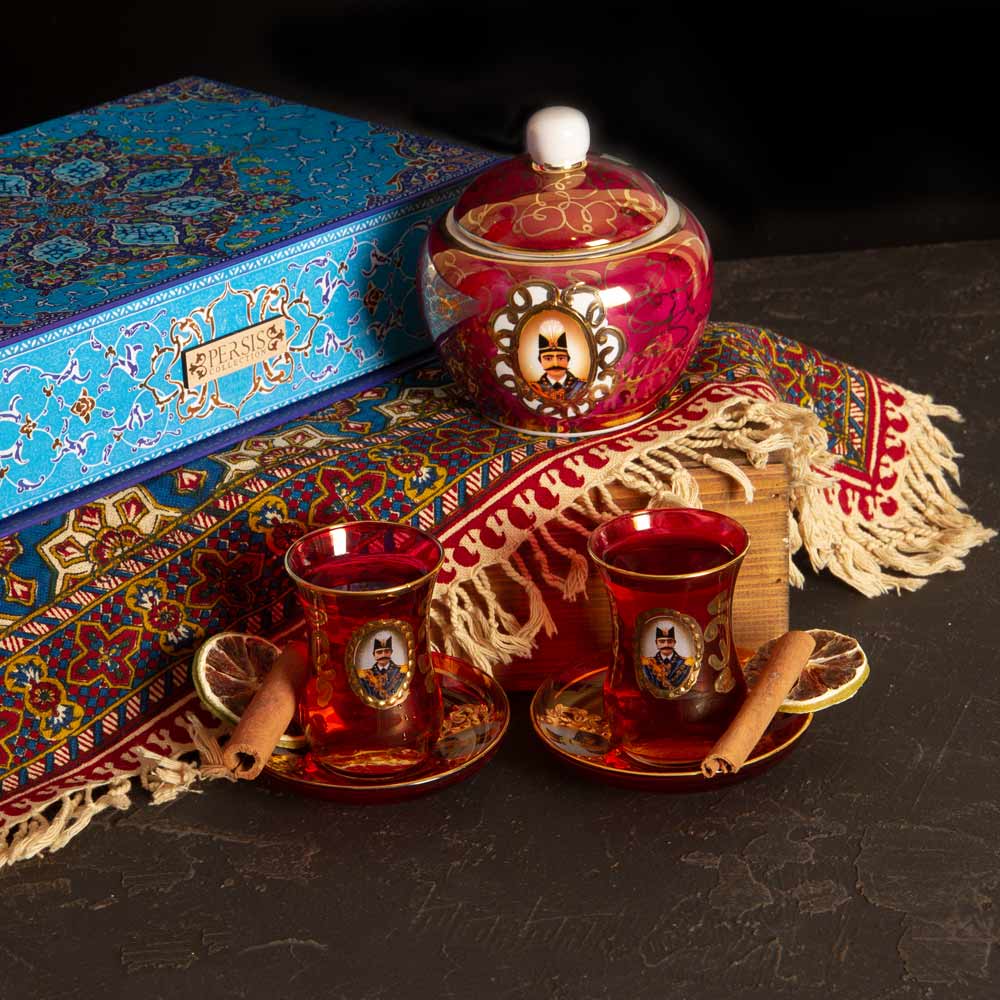
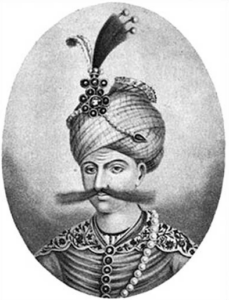
The Shah Abbasi Design is one of the most beautiful and oldest patterns used in Persian handicrafts, especially carpets. It is a cultural symbol that reflects the rich history and traditions of ancient Iran. These designs draw inspiration from foliage and animal motifs, featuring circular, arched, and geometric lines. Together, these elements intertwine and evoke the image of a lush garden full of flowers. Wide and narrow borders frame the patterns, which repeat in an orderly arrangement.
In the following article home decor, we suggest following the section until the end of article.
Shah Abbasi Pattern
You may have seen Shah Abbasi Design more Persian carpets. These beautiful designs together make the Iranian carpet look special and you cannot find an example of it anywhere else in the world. In many parts of the world, Iran is known for its carpets, and we owe this beauty of carpets to a large extent to the Shah Abbasi pattern.
The numerous designs and patterns placed on the carpet show a nation’s culture and originality. Because carpets and kilims woven by Iranian artists are mixed with verve and Persian art, they now play the leading role in the world. Shah Abbasi pattern is one of the common designs and styles woven in handmade carpets of different regions of Iran, which is very beautiful and unique.
The designs that are implemented on these carpets are masterpieces of art and skill of Iranian masters and artists. Shah Abbasi patterns are one of the most popular designs on Iranian carpets and have been seen on Iranian carpets in the past. It should be interesting for you to know that this design is different in each city in Iran; for example, the design in Tabriz is woven using a completely different pattern compared to other cities. The beauty and uniqueness of the designs that are implemented on Iranian carpets are so mesmerizing that it has many fans all over the world.
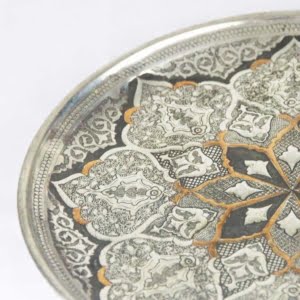
Flower Shah Abbasi -GHALAM ZANI PLATE
History of Shah Abbasi pattern
This pattern has a very old history, which is also related to its name. Since Shah Abbasi Design goes back to the word Shah Abbas, we find that this pattern is related to the Safavid period and the reign of Shah Abbas Safavid. It is also necessary to know that a group of scholars and archaeologists believe that the first carpet of Shah Abbasi was made during the reign of Shah Abbas Safavid, and it was in this way that this design and pattern were registered in the name of Shah Abbas.
During the reign of Shah Abbas, the use of the art of weavers and skillful designers caused a significant change in the field of carpet production, which is still the main feature of Shah Abbas’s carpet designs and patterns. Arabesque designs and common flowers in the carpet designs of this period are among its most important features. However, the textures of the Safavid period, which have their roots in Iranian history, culture, and art, can still be seen so that artists can use them to create beautiful patterns on carpets.
As mentioned, the Shah Abbasi carpet is woven by Iranian artists in many cities of Iran, including Tabriz, Kashan, Mashhad, and Isfahan; But if we look at the history of this carpet, we can see that the most important city in which Shah Abbasi carpet was woven from the beginning is the city of Isfahan because it was the capital of Iran during the Safavid period.
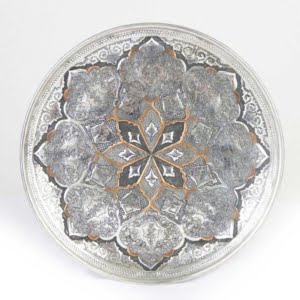
Shah Abbasi Design
Types of Shah Abbasi patterns
Today, many artisans weave handmade carpets with Shah Abbasi’s design because both Iranians and foreigners admire its unique beauty. The Shah Abbasi flower, the most important element of these carpets, likely originated before the Safavid period. This flower, called the lotus, also appeared on Persian dishes from pre-Islamic times. Overall, Shah Abbasi carpet patterns, decorated with this beautiful flower and classic shapes from Shah Abbas’s era, look very beautiful and unique.
The lotus flower in various shapes and methods, after the eight-feathered flower, is the most widely used pattern in carpet weaving from the past to the present. This design is widely used even in Herati designs and Caucasian carpets. This flower was the most common pattern in the Safavid period and for this reason, it is known as the Shah Abbasi flower.
Regional Patterns and Motifs in Shah Abbasi Carpets
You can see these designs in carpets from Mashhad, Tabriz, Isfahan, and Kashan. Other important Shah Abbasi carpet designs include Persian bergamot, elastic patterns, Afshan, corner frames, thin and woven corner frames, diesel model minarets, small minarets, animal designs, Sheikh Safi design, and tree patterns.
The background of this type of carpet is completely covered by crumpled leaves, Arabic and Chinese flowers, and curves and arc lines. In some designs, animals can be seen between the leaves and branches. All these designs are covered with narrow and wide margins. Margins include roses, palm leaves, or some Persian geometric patterns. The palm flower design has no central medallions and four corners of the background. Despite the duplicate palmette flower pattern throughout, the lower row designs are not repeated in the upper rows and only form the middle part of the carpet frame.
Shah Abbasi’s design with images of animals is usually woven in Kerman and Qom. These designs incorporate a variety of artist ideas into a combination of traditional images and animals. The carpet design is full of Shah Abbasi and Chinese flowers surrounded by corners and edges containing animals. In this design, deer, wolves, lions, and gazelles are scattered in perfect harmony with the twisted branches in the carpet motifs.
The colors used in Shah Abas patterns
In addition to the beautiful patterns and the great care artists put into weaving Iranian carpets, another reason this art has become popular and famous is the colors. The colors in various carpets, including the Shah Abbasi carpet, look so bright and lively that they delight everyone. In Shah Abbasi Design carpets, artists can use different colors without any restrictions, which doubles the beauty of these carpets.
You should know that designers rarely create carpets with this pattern using fewer than four colors. They usually choose dark and light lacquer or beige tones for the background. They also use crimson and salmon colors to decorate the edges of the carpet. Other colors used in the Shah Abbasi carpet include jujube, indigo, Persian turquoise, green, blue, beige, and cream. Another point is that the colors used in these rugs are usually obtained from natural colors, which can be a sign of the originality and uniqueness of this carpet.
Frequently Asked Questions
History of Shah Abbasi pattern?
This pattern has a very old history, which is also related to its name. Since Shah Abbasi Design goes back to the word Shah Abbas, we find that this pattern is related to the Safavid period and the reign of Shah Abbas Safavid.
Types of Shah Abbasi patterns?
At present, it can be seen that Shah Abbasi’s Design is used in weaving many handmade carpets because the unique beauty of this carpet has been noticed by Iranians and foreigners.
The colors used in Shah Abbasi patterns?
In addition to the beautiful patterns and great care that has been used in the texture of Iranian carpets, another thing that has made this Iranian art popular and famous is the colors used in it.






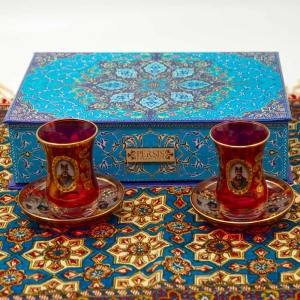
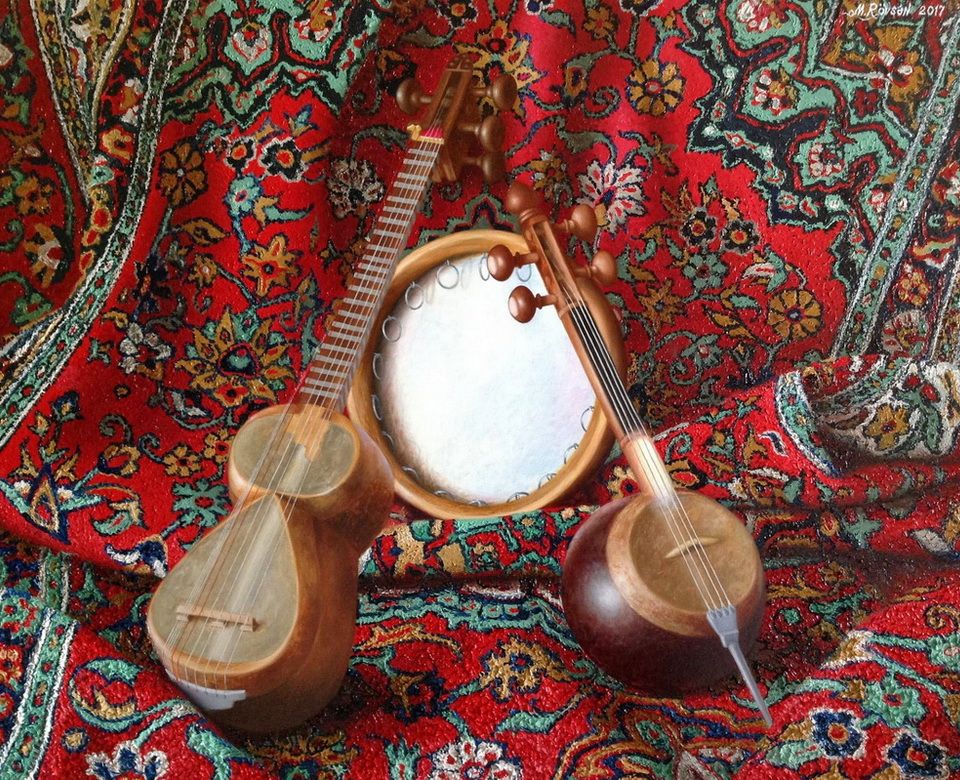
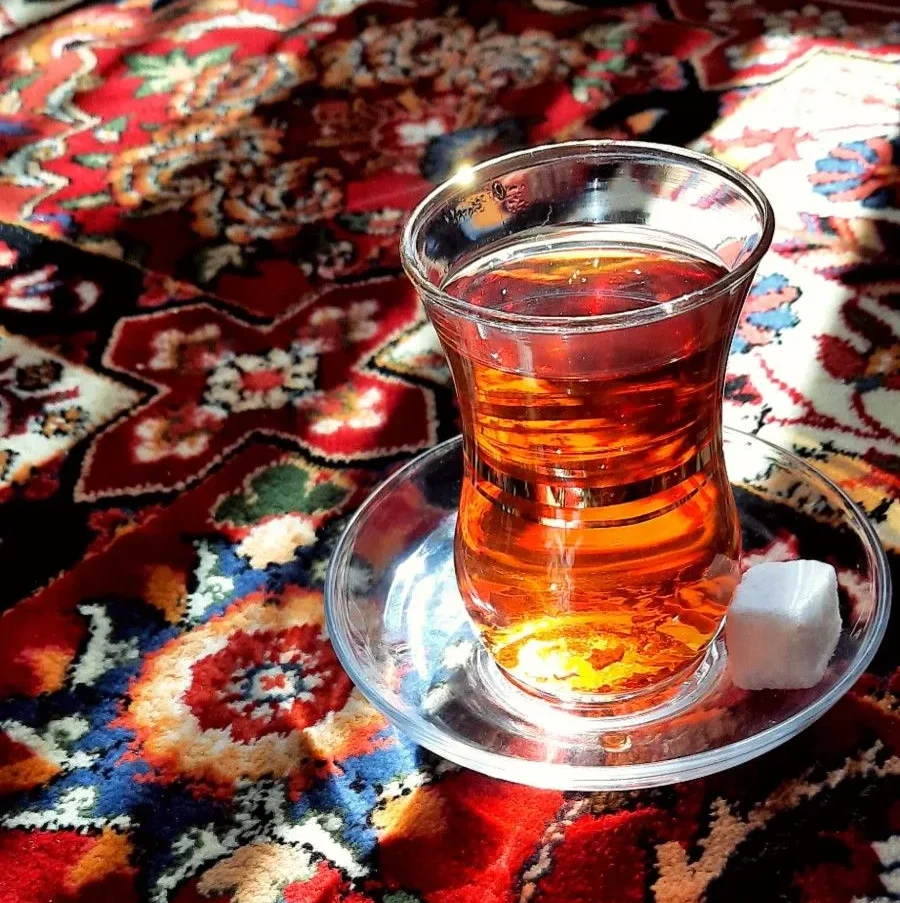
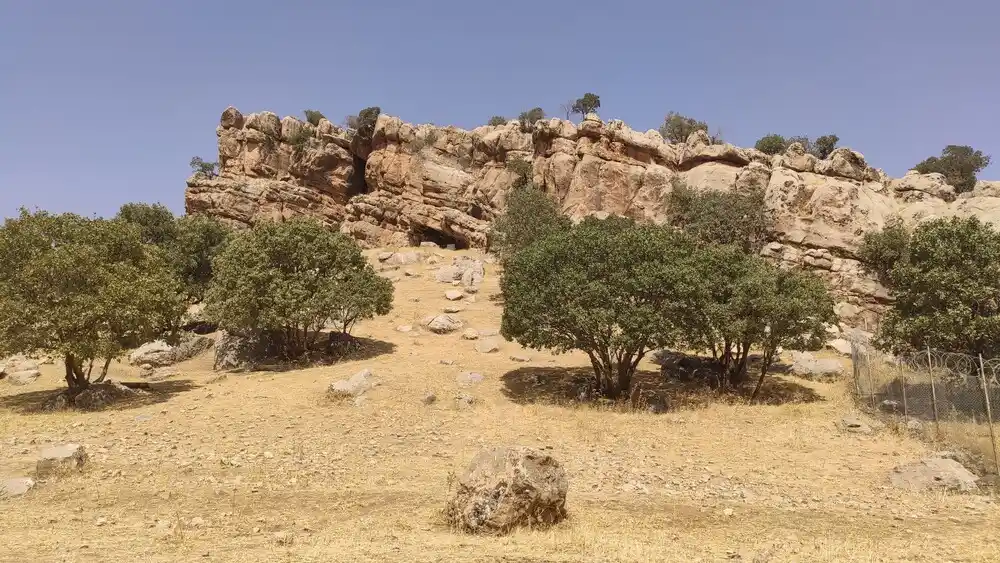
Comments